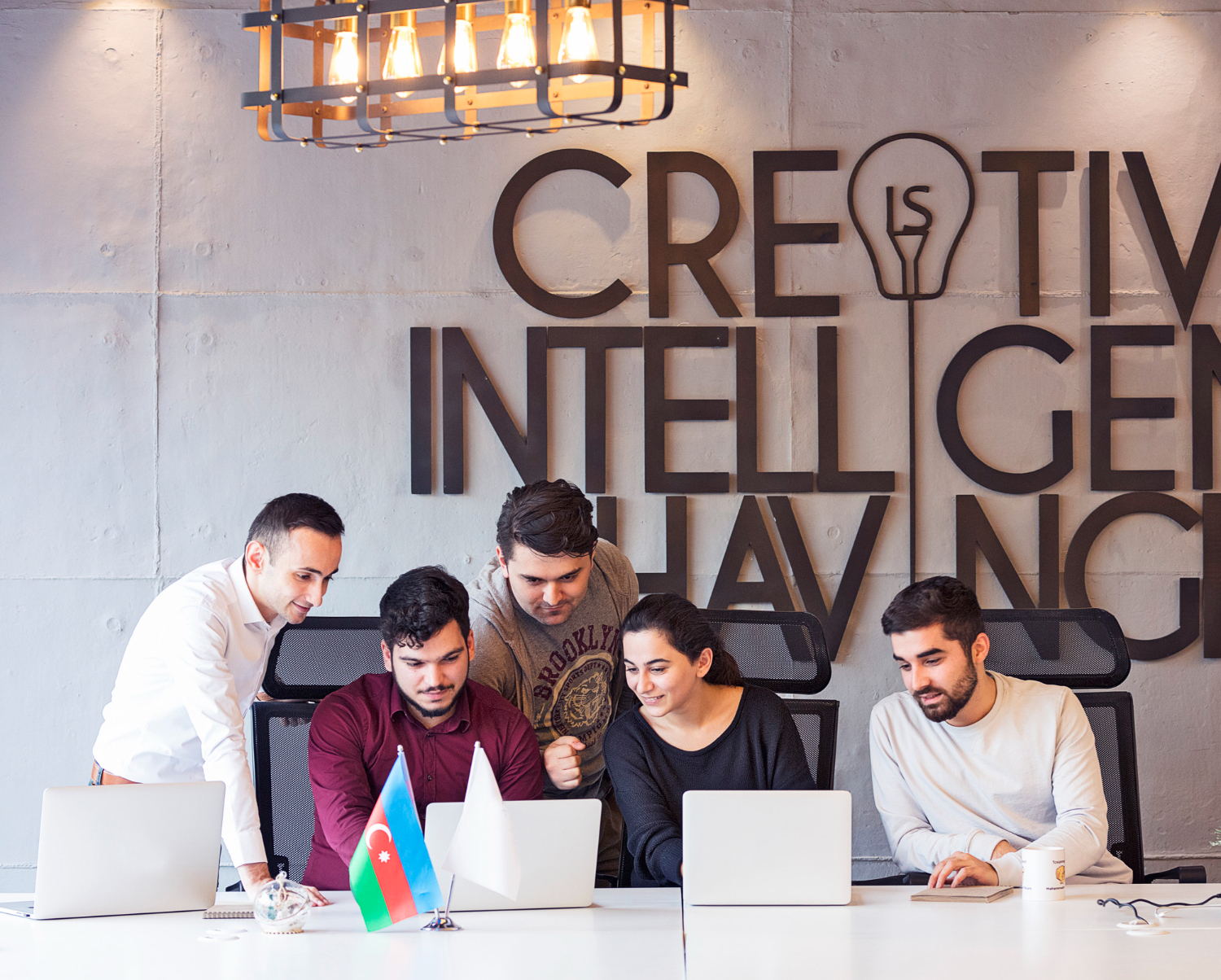For me, creativity is the soul of branding. It’s the difference between being seen and being remembered. When I started building brands, I used to think creativity was about visuals and colors, but I’ve learned that it’s really about imagination with purpose. Creativity turns strategy into emotion, and emotion into connection.
What Creativity Means to Me in Branding
Creativity is not just about being different. It’s about being meaningful. In branding, every creative choice should serve a purpose. The logo you design, the words you choose, and the colors you use all communicate a feeling. I’ve learned that even a simple concept can be powerful if it’s deeply connected to the brand’s purpose.
When I start a new project, I begin by asking myself one question: What emotion should this brand create in people? That single question guides every creative decision I make. For example, a brand focused on sustainability should make people feel calm, safe, and responsible. That emotion can shape everything from the tone of voice to the website layout and photography style.
If you want to explore how these emotions take shape through design, you can check out
The Psychology of Brand Identity,
where I explain how colors and shapes influence perception.
Creativity as Strategy, Not Chaos
Many people think creativity is spontaneous, but I’ve found that the most effective ideas come from structure and insight. I use creativity as a form of strategy — a way to solve brand problems through imagination. I start by understanding the audience, defining the challenge, and researching what the brand stands for. Only then do I let the creative ideas flow. This approach keeps the work purposeful and ensures that every visual or message has meaning behind it.
How I Spark Creative Ideas
- Listening before creating: I pay close attention to how people talk about the brand, their desires, and even their frustrations. Inspiration often hides in those conversations.
- Experimenting freely: I allow myself to explore without judgment in the early stages. Creativity grows when I give myself permission to fail.
- Connecting unrelated ideas: Some of my best brand concepts come from merging unexpected things, like pairing a minimalist visual style with bold storytelling.
- Drawing from emotion: Every creative decision is stronger when it comes from how I want people to feel.
Creativity isn’t about forcing originality. It’s about finding clarity in emotion and presenting it in a new, human way.

Creativity in Visual Identity
Visual identity is where creativity becomes tangible. The brand’s logo, color palette, typography, and imagery are all opportunities to express personality and story. I always try to design visuals that make people pause and feel something, not just recognize the brand.
For instance, I once worked on a brand that wanted to represent empowerment. Instead of bold corporate visuals, I used fluid lines, confident tones, and uplifting imagery to express quiet strength. Every visual element should align with the story, which is something I dive deeper into in
Building a Visual Brand Identity,
where I show how to combine design and meaning for consistent impact.
Storytelling as a Creative Tool
Creativity and storytelling are inseparable. Whenever I create, I imagine how the idea fits into a larger narrative. The words, visuals, and experiences all need to tell the same story. I believe in showing emotion rather than just describing it. For example, if the story is about innovation, the design should feel fresh and forward-thinking. If it’s about care and comfort, it should feel warm and familiar.
You can see how I approach this blend of emotion and narrative in
Creative Storytelling for Brands,
where I explain how story builds human connection.
Collaboration and Creative Energy
Creativity thrives in collaboration. Some of my best ideas have come from working closely with clients, writers, photographers, and developers. Each person brings a new perspective that pushes the brand to evolve.
When I collaborate, I focus on communication and clarity. I try to make sure everyone understands the brand’s purpose and vision so that their creativity supports the same message. This shared understanding helps the brand stay consistent while still leaving space for experimentation and growth.
Measuring the Impact of Creativity
Creative work isn’t just about ideas; it’s about results. I always track how my creative choices affect brand performance. I look at engagement, sentiment, and recognition. Are people interacting more with the brand? Are they using emotional words when describing it? Does the visual identity feel more memorable?
When creativity is effective, it translates into stronger awareness, trust, and loyalty. I use the insights and tools I mention in
Measuring Branding Success
to evaluate this impact and continuously improve.
What I’ve Learned About Creativity and Branding
The biggest lesson I’ve learned is that creativity is not a skill; it’s a mindset. It’s about curiosity, empathy, and the courage to think differently. In modern branding, creativity is not just decoration. It’s the bridge between a brand’s vision and people’s hearts.
Every time I build a new brand, I see creativity as the thread that connects strategy, storytelling, and design. When all three come together, that’s when a brand feels alive, authentic, and impossible to forget.



